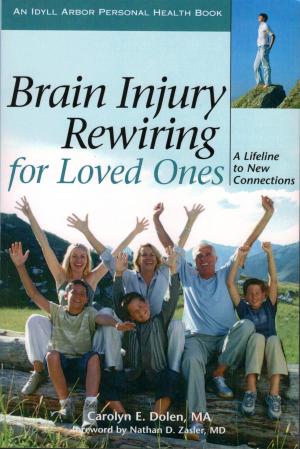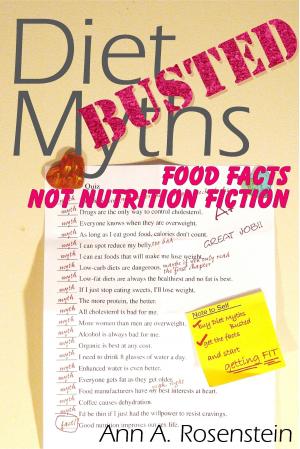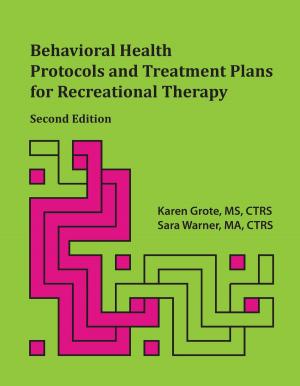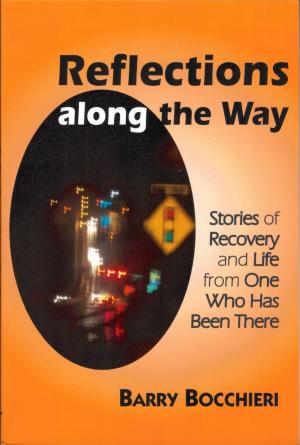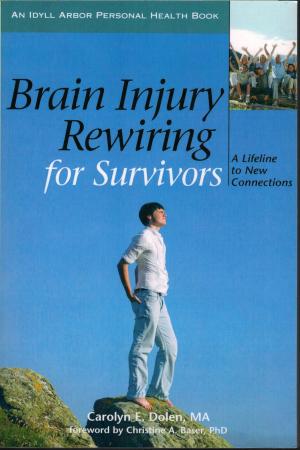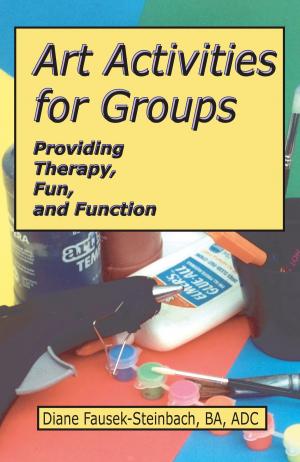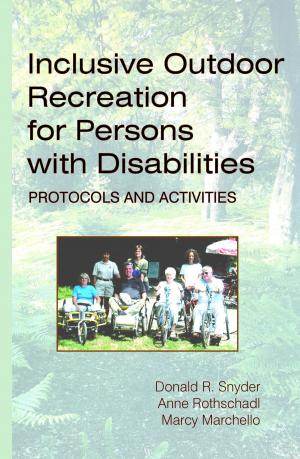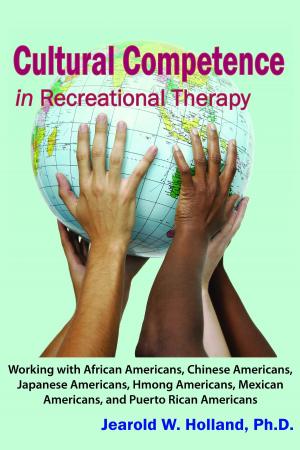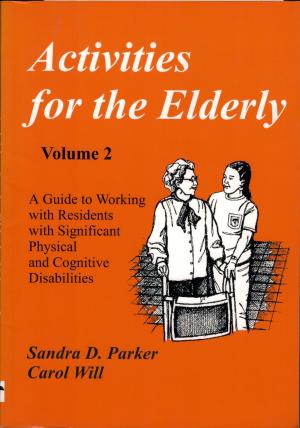| Author: | Judy Scheel | ISBN: | 9781611580235 |
| Publisher: | Idyll Arbor | Publication: | September 6, 2011 |
| Imprint: | Smashwords Edition | Language: | English |
| Author: | Judy Scheel |
| ISBN: | 9781611580235 |
| Publisher: | Idyll Arbor |
| Publication: | September 6, 2011 |
| Imprint: | Smashwords Edition |
| Language: | English |
There are many eating disorder books based solely on cognitive-behavioral theories and treatment methods. When Food is Family details how early childhood relationships play a significant role in the development of an eating disorder. Nature may stack the deck, but nurture plays the hand. This book is based on the framework of Attachment Theory - that emotional support, understanding, empathy, and acceptance during a child's development are the foundation of self-esteem and self-worth throughout life. Without healthy attachments self-esteem is diminished and the capacity for empathy toward self and others is impaired. When this happens a relationship with food becomes a replacement for the healthy relationships a child craves -- it provides a false sense of self-esteem and is a seemingly simpler way to measure one's worth than the complex world of human interaction.
Eating Disorders are a family affair. When Food is Family allows family members to explore and rebuild relationships to each other that were damaged before the eating disorder evolved and continue to be impacted by its existence. The book teaches families, through expository text, experiential reflections, and step-by-step exercises, how to develop an "emotional language." It explains that trust, empathy, and respect are the core methods by which we communicate our love for one another and teaches readers how to experience and convey these concepts toward each other -- especially toward the person with the eating disorder. When Food is Family helps build a relational infrastructure within the family that is critical for dismantling the eating disorder, and it shows how to maintain healthy bonds in the family and in relationships yet to come. The book provides family members a step-by-step approach to understanding what attachment means, why connection to each other is important, how relationship breakdowns can lead to an eating disorder, how food becomes the relationship of choice, and how to go about repairing these relationships so that food (and the eating disorder) is replaced by healthy relationships within the family.
There are many eating disorder books based solely on cognitive-behavioral theories and treatment methods. When Food is Family details how early childhood relationships play a significant role in the development of an eating disorder. Nature may stack the deck, but nurture plays the hand. This book is based on the framework of Attachment Theory - that emotional support, understanding, empathy, and acceptance during a child's development are the foundation of self-esteem and self-worth throughout life. Without healthy attachments self-esteem is diminished and the capacity for empathy toward self and others is impaired. When this happens a relationship with food becomes a replacement for the healthy relationships a child craves -- it provides a false sense of self-esteem and is a seemingly simpler way to measure one's worth than the complex world of human interaction.
Eating Disorders are a family affair. When Food is Family allows family members to explore and rebuild relationships to each other that were damaged before the eating disorder evolved and continue to be impacted by its existence. The book teaches families, through expository text, experiential reflections, and step-by-step exercises, how to develop an "emotional language." It explains that trust, empathy, and respect are the core methods by which we communicate our love for one another and teaches readers how to experience and convey these concepts toward each other -- especially toward the person with the eating disorder. When Food is Family helps build a relational infrastructure within the family that is critical for dismantling the eating disorder, and it shows how to maintain healthy bonds in the family and in relationships yet to come. The book provides family members a step-by-step approach to understanding what attachment means, why connection to each other is important, how relationship breakdowns can lead to an eating disorder, how food becomes the relationship of choice, and how to go about repairing these relationships so that food (and the eating disorder) is replaced by healthy relationships within the family.


